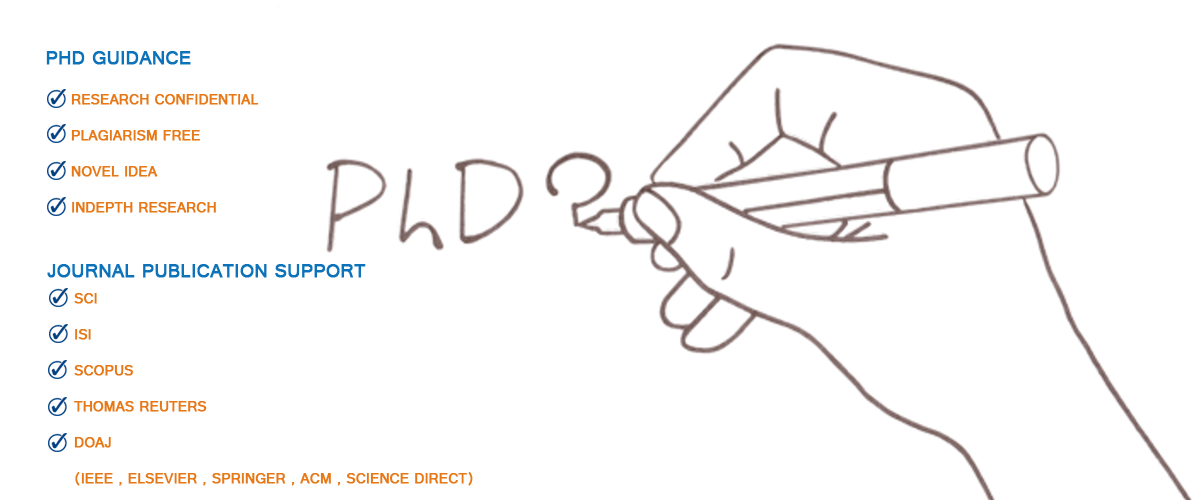NAM SIMULATOR PROJECTS
Nam Simulator Projects offers you wide collection of innovative and newfangled ideas for your projects. Our simulator projects have started with an initiative to serve the budding students with our wide experience and expertise. Being in this field for the past 10 years, we have learnt so much about NS-2, now its time to share our knowledge with our students to enlighten their career with our efforts. We have focused on NAM for NS2 simulator as we know the significance of NAM in NS2. It is one of the major components of NS2, used to view the overall simulation graphically.
Final outcome of NS-2 is based on NAM, this is the reason we have focused so much on NAM and provided few basics about it below.
LEARN THE BASICS OF NAM
NAM[NETWORK ANIMATOR TOOL]:
- Separate program distributed with NS simulator to show the progression of packets through network.
- NAM is used to draw the Network graphically as it reads the input file[containing packet transmission events]
NAM is used to visualize:
- Packet flow and drop, queue build up etc
- Protocol behavior[TCP slow start, fast retransmit and recovery, self clocking, congestion control etc]
- Protocol state[e.g TCP cwnd]
- Node movement in wireless networks
- Annotation to highlight the important events
NAM can be used to create:
- Wireless networks, terrestrial and satellite networks with various routing algorithms[AODV, DV, LS, DSR, PIM-DM, PIM-SM]
- Failure types[Link failure, deterministic failure and probabilistic loss]
- Traffic sources[Like Telnet, Web, FTP, Stochastic traffic, CBR]
- Numerous queuing disciplines[RED, drop-tail, DRR, FQ,SFQ] and QOS[like Intserv, diffserv etc]
BASICS OF NAM
COMMAND LINE OPTIONS IN NAM:
nam [ -g \< geometry \> ] [ -t \< graphInput \ > ] [ -i \< interval \ > ][ -j \< startup time\ > ] [ -k \< initial socket port number\ > ] [ -N \< application name\ > ] [ -c \< cache size\ > ] [ -f \< configuration file\ > ] [ -r initial animation rate ][ -a ] [ -p ] [ -S ] [ \< tracefile (s)\ > ]
- -g [to specify the geometry of the window]
- -i[Specifies the rate milliseconds –default rate 50ms ]
- -t[Used to instruct nam to use tkgraph]
- -c[Maximum size of the cache, which is used to store the active objects]
- -N[Application name of Nam instance]
- -a[To create separate instance of nam]
- -S[Used to enable synchronous X behavior to make the graphics debugging easier]
- -f[Name of the initialization files, loaded during the startup]
- -p[To print the nam trace file format]
- Tracefile[Contains the trace data to be animated]
USER INTERFACE IN NAM [NAM Console Window]
Description about NAM Window:
- Top of the Nam Window[Menu bar]
- File Menu has New command, Open command, WinList and Quit command.
- Contains Help Menu is used to show the version and copyright information.
- View Menu[New view button, show monitors checkbox, show auto layout checkbox ,show annotation checkbox]
- Below the Menu bar there are 6 buttons[Rewind(<<),Backward play(<), Stop(Square shape), forward play(>), Fast forward(>>), Chevron logo-to close the animation window ]
- Time label-shows the current animation time
KEYBOARD COMMANDS:
- P [to pause]
- < return > -Will pause the nam, if it is not paused already.
- C[To continue after the pause]
- R[Rewind]
- B[to decrease the animation time]
- N[jump to the next event]
- F[fast forward]
- X[Undo the last change]
- > [To increase the granularity]
- <[To decrease the granularity]
- Space bar[to toggle the pause state of NAM]
- U[to Undo the last time slider drag]
- Q[Quit]
ANIMATION OBJECTS:
- Node[created from ‘n’ trace event in trace file]
- Link[Nam links are consist of two simplex links]
- Queue [Associated with one edge of duplex link and is visualized as stacked packet]
- Agent[Used to separate protocol states from the node]
- Packet[Visualized as a block with an arrow]
NETWORK LAYOUT IN NAM
Three layout methods:
- Based on link orientation
- Use automatic graph layout algorithm[randomly generated topology]
- Three parameters used to tune the automatic layout process[Ca attractive force constant, Cr repulsive force constant, number of iterations]
Hope you would be contented with our information about NAM. You may think that why we have focused one complete article on NAM. It is simple to say that being an expert of NS2; we know the significance of NAM in NS2. Students, who wish to work with NS2, must have a basic knowledge about NAM. For further guidance on NAM or NAM simulator projects, approach our online guidance and service, we are there for you.
BELIEVE IN YOURSELF……….YOU ‘RE HALFWAY TOWARDS
SUCCESS……
BELIEVE US………….YOU WILL BE SUCCESSFUL……………….







